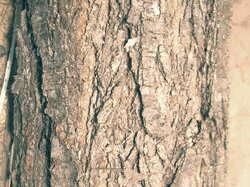My neighbor had this tree that fell and he doesn't mind if I take it. However, I looked through my book of trees and I can't find a matching bark. There are no leaves as this was standing dead for probably a few years. The bark on the base peeled right off. I'v compared it to the elms I have and doesn't quite look the same. He had some swamp oaks(according to the leaves using the book) but doesn't seem to match that either.
Any ideas on what I am going to get into?

Thanks
Joe
Any ideas on what I am going to get into?
Thanks
Joe



